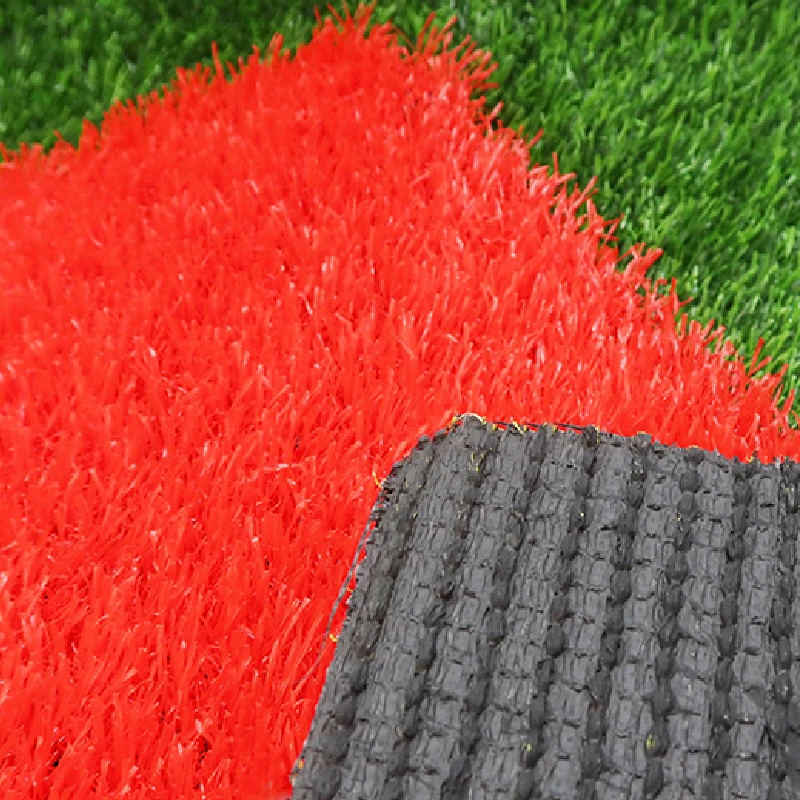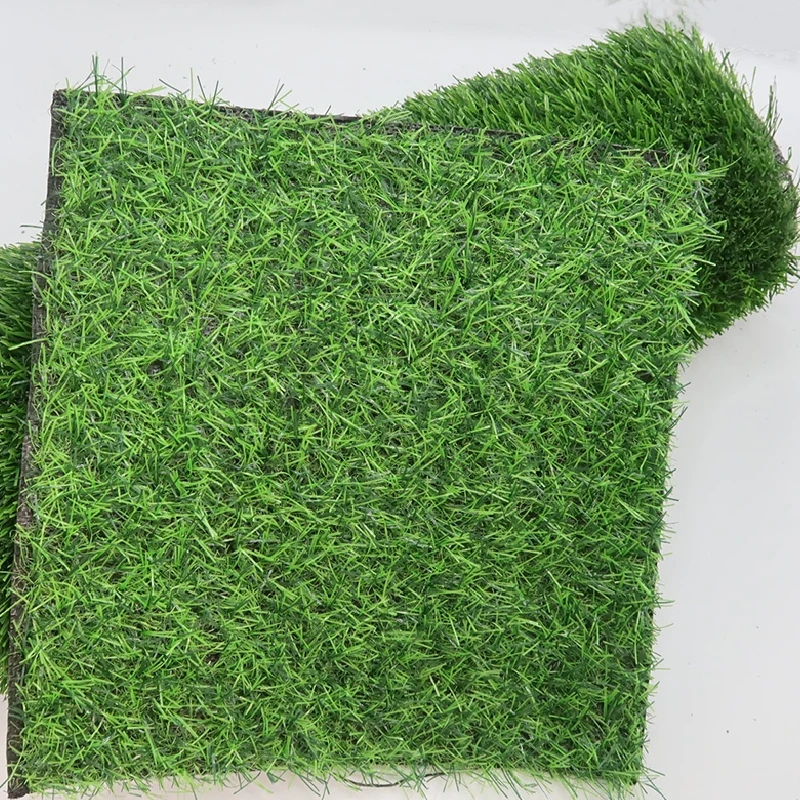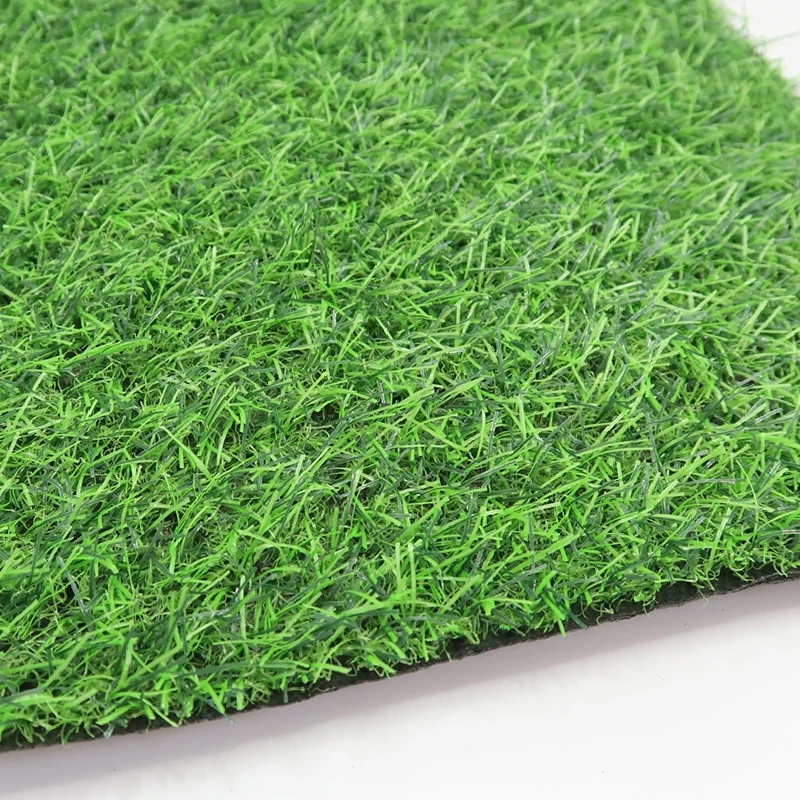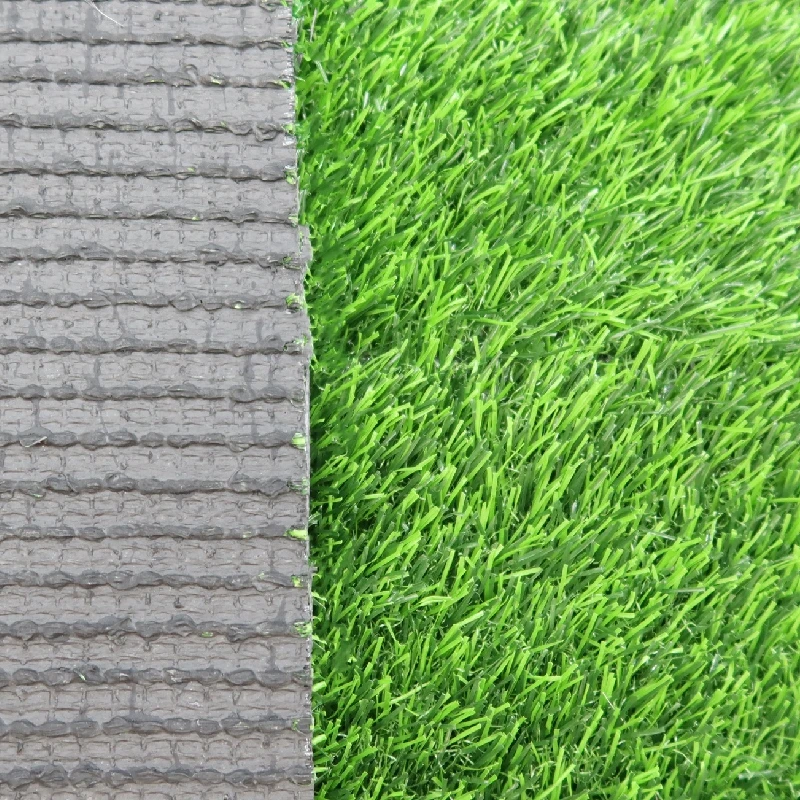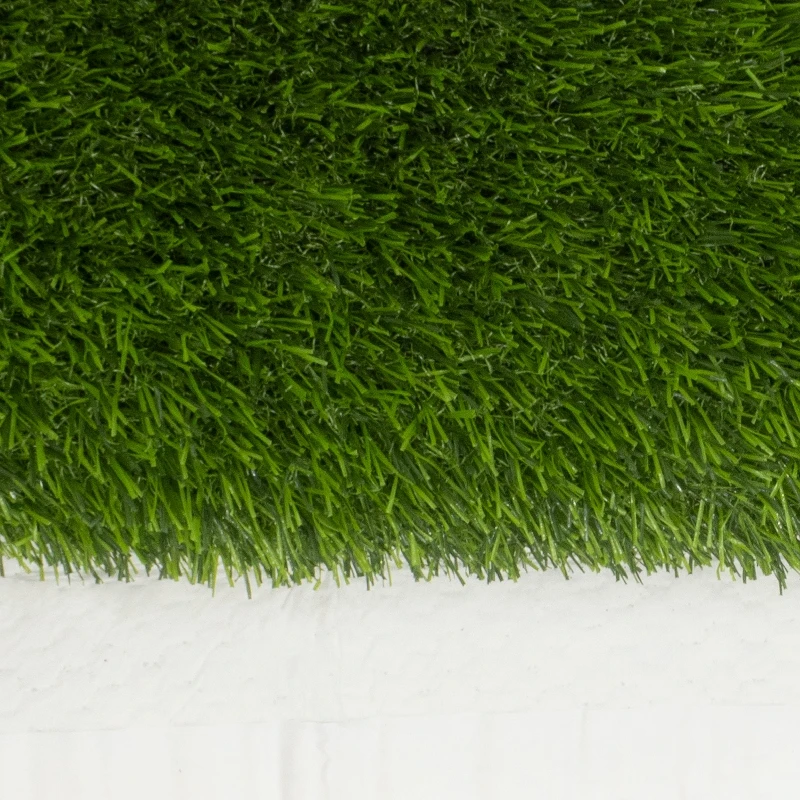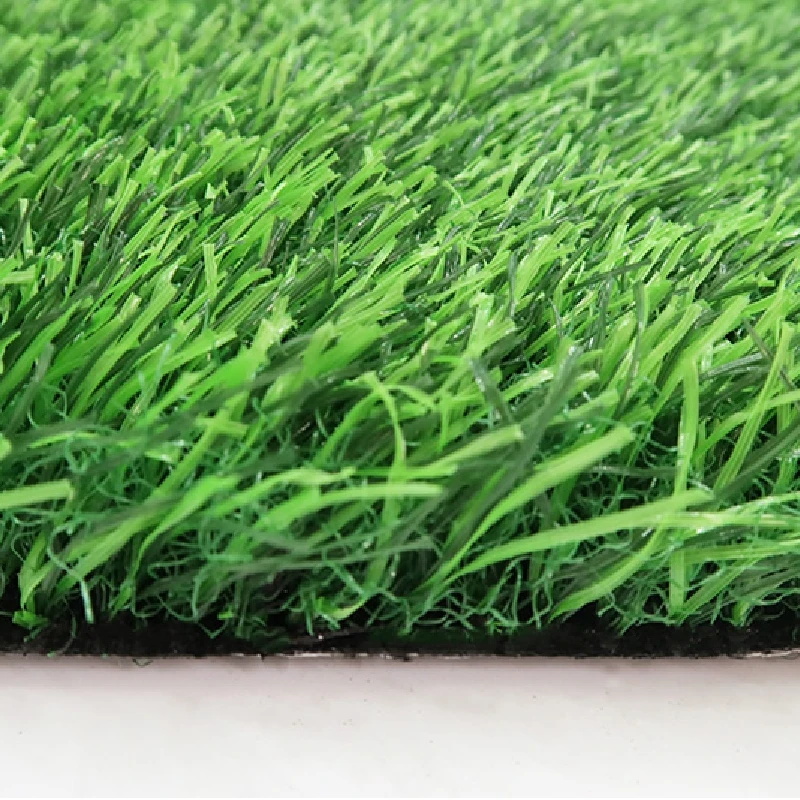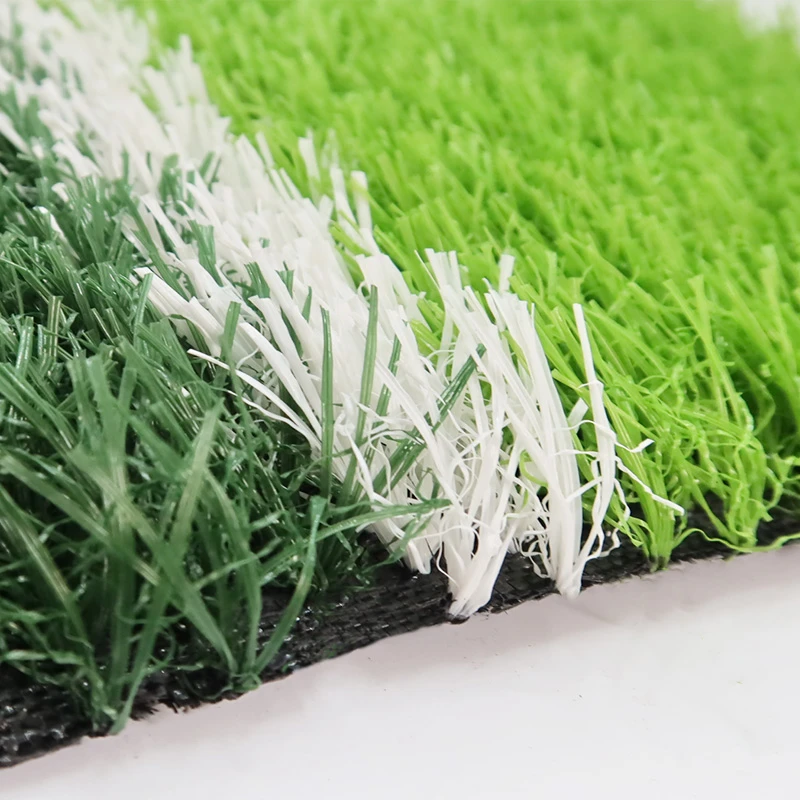Premium Artificial Grass | Realistic Fake Grass for Interior Decor
Aug . 14, 2025 03:40 Back to list
The Evolution of Synthetic Turf: A B2B Perspective
In an era defined by sustainability, aesthetic versatility, and minimal maintenance, artificial grass has emerged as a transformative solution across various sectors. Far beyond its traditional use in sports fields, synthetic turf is now a pivotal material in commercial landscaping, public spaces, and increasingly, interior design. This shift is driven by advancements in material science, manufacturing precision, and a growing appreciation for its numerous benefits, including water conservation, reduced labor costs, and year-round aesthetic appeal. For B2B stakeholders, understanding the technical specifications, manufacturing intricacies, and diverse applications of modern artificial turf is crucial for making informed investment decisions and delivering superior project outcomes. This comprehensive overview delves into the core aspects of this innovative product, particularly focusing on its burgeoning role in interior decoration.
The market for synthetic turf is experiencing robust growth, fueled by global initiatives towards water-efficient landscaping and the demand for low-maintenance green spaces. According to recent market analyses, the global artificial turf market is projected to reach over USD 5 billion by 2027, growing at a compound annual growth rate (CAGR) of approximately 7%. This expansion is not just in large-scale outdoor installations but significantly in niche segments like fake grass for decoration and artificial grass interior applications. Businesses seeking to enhance their commercial premises, retail environments, or hospitality venues are increasingly turning to high-quality synthetic solutions that offer both visual appeal and practical advantages, providing a durable and vibrant green aesthetic without the associated upkeep of natural lawns.
The Advanced Manufacturing Process of Artificial Grass
The production of modern artificial grass is a sophisticated multi-stage process that ensures durability, aesthetic appeal, and performance. It begins with the extrusion of polymer resins, typically polyethylene (PE) or polypropylene (PP), into synthetic fibers. These fibers are designed with specific shapes (e.g., C-shape, V-shape, diamond-shape) and colors to mimic natural grass blades, enhancing resilience and natural appearance. High-grade UV stabilizers are incorporated during this stage to prevent fading and degradation from sunlight exposure, a critical factor for both indoor and outdoor longevity. The quality of these raw materials directly influences the product's lifespan and resistance to environmental stressors, ensuring compliance with international material safety standards.
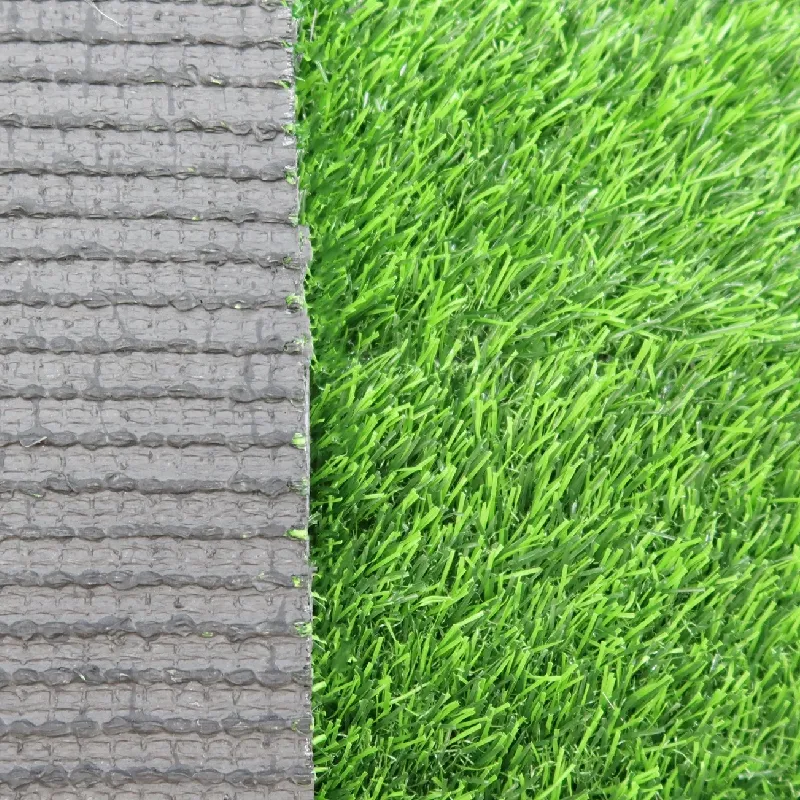
Following fiber extrusion, the tufting process creates the turf's dense pile. Thousands of synthetic fibers are threaded into a primary backing material, commonly made of woven polypropylene, using large industrial tufting machines. The gauge, or the distance between rows of stitches, and the stitch rate determine the turf's density and appearance. After tufting, a robust secondary backing, often made from SBR latex or polyurethane, is applied to the reverse side. This critical step locks the fibers in place, providing dimensional stability, strength, and improved drainage capabilities. For high-traffic areas or specific indoor applications, advanced backing systems like PU backing offer superior adhesion and less susceptibility to temperature fluctuations compared to traditional latex.
Rigorous quality control measures are integrated throughout the manufacturing process, adhering to international standards such as ISO 9001 for quality management systems and ISO 14001 for environmental management. Products undergo various tests for pile height consistency, fiber pull-strength, UV stability, permeability, and fire resistance (e.g., EN 13501-1 fire classification for building materials). These certifications and stringent testing protocols ensure that the final artificial grass product meets specific performance criteria and safety requirements, providing reliability for diverse applications. The typical lifespan of a high-quality artificial turf product, when properly installed and maintained, ranges from 8 to 15 years, depending on the specific application and traffic levels.
Key Technical Parameters of Artificial Grass
Understanding the technical specifications of artificial grass is paramount for B2B procurement and project planning. These parameters directly influence performance, durability, and suitability for specific applications, including artificial grass interior designs. Below is a table outlining some critical specifications that differentiate product lines and determine their optimal use. These metrics are crucial for evaluating the quality and fit of the product for any given project, whether it's a high-traffic commercial space or a decorative display.
Selecting the appropriate artificial grass product requires a careful analysis of these parameters in relation to the specific project requirements, budget, and desired aesthetic outcome. For interior applications, characteristics like softness, realistic feel, and ease of installation without infill are often prioritized over heavy-duty drainage or extreme UV resistance. However, fire safety ratings (e.g., Class Bfl-s1 for flooring materials) become particularly important for public or commercial interior spaces.
Applications and Technical Advantages in Interior Spaces
The application of artificial grass in interior design has expanded dramatically, moving beyond simple floor coverings to innovative architectural and decorative elements. For businesses, this translates to creating unique, inviting, and memorable environments. Common interior applications include retail display areas, corporate lobbies and reception zones, hospitality venues (restaurants, hotels), childcare facilities, exhibition booths, and even residential amenities like balconies and patios that extend indoor living. The versatility of fake grass for decoration allows designers to introduce natural textures and vibrant green hues into spaces where natural plants would be impractical due to light, water, or maintenance constraints.
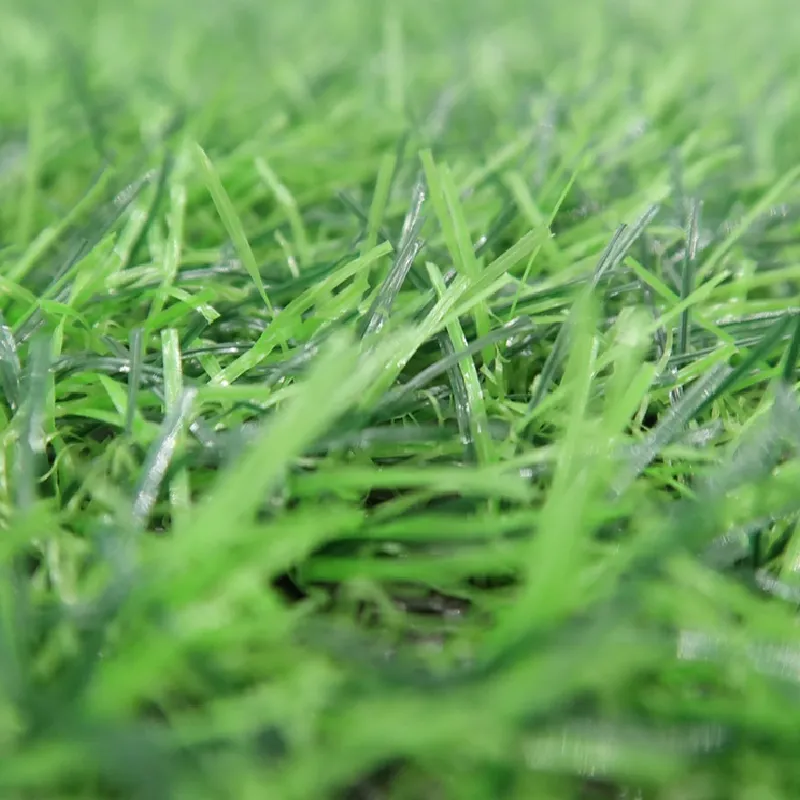
The technical advantages of employing artificial grass interior solutions are compelling for B2B decision-makers. Firstly, extreme durability and minimal maintenance significantly reduce operational costs associated with watering, mowing, fertilizing, and pest control that natural lawns demand. This translates into substantial savings over the product's lifespan. Secondly, modern synthetic turf is engineered to be allergen-free, making it a safer and healthier option for public spaces where allergies are a concern. Thirdly, advancements in fiber technology ensure excellent color stability, preventing fading even in brightly lit indoor environments, thus maintaining its aesthetic appeal for years. Furthermore, sound absorption properties inherent in denser turf products can contribute to improved acoustics in large indoor spaces, a often overlooked benefit.
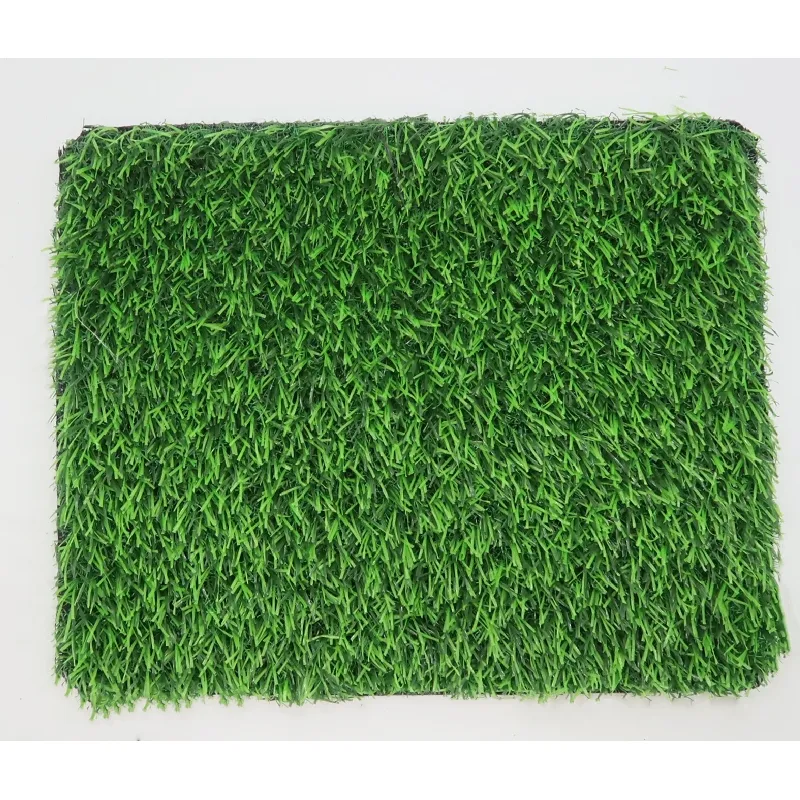
Beyond cost-efficiency and aesthetics, the ease of installation and adaptability to various surfaces (concrete, wood, existing flooring) make artificial grass a highly practical choice for rapid commercial fit-outs and renovations. Unlike natural grass, it doesn't require specific soil conditions or extensive drainage systems for many indoor decorative uses. The material's fire-retardant properties, when certified to relevant building codes, add another layer of safety for commercial applications. This combination of aesthetic flexibility, long-term cost savings, and technical performance makes artificial turf an increasingly preferred material for modern interior design projects aiming for both visual impact and functional efficiency.
Manufacturer Comparison and Custom Solutions
In the competitive landscape of synthetic turf, selecting the right manufacturer is crucial for B2B clients. Key differentiators among manufacturers include their adherence to international quality standards, range of product offerings, customization capabilities, and after-sales support. Reputable manufacturers typically provide detailed technical data sheets, performance certifications (e.g., ISO, CE, RoHS, SGS testing reports for heavy metals), and comprehensive warranties. For example, a manufacturer adhering to stringent ISO 9001 standards ensures a consistent production process and reliable product quality, whereas CE marking confirms compliance with European health, safety, and environmental protection standards.
Many B2B projects, especially those involving unique interior designs or branding requirements, necessitate tailored solutions. Leading artificial grass manufacturers offer extensive customization options, including specific pile heights, Dtex values, fiber shapes, and color blends to match exact aesthetic or performance needs. This level of customization allows businesses to create bespoke indoor landscapes, branded flooring, or unique decorative installations that perfectly align with their vision. A dedicated project manager working with the client ensures precise execution from design conception through to final delivery, translating complex requirements into tangible, high-quality products. For example, Hoyarn Grass excels in providing tailored solutions for Artificial Grass For Interior Decoration, leveraging years of expertise to meet diverse client specifications.
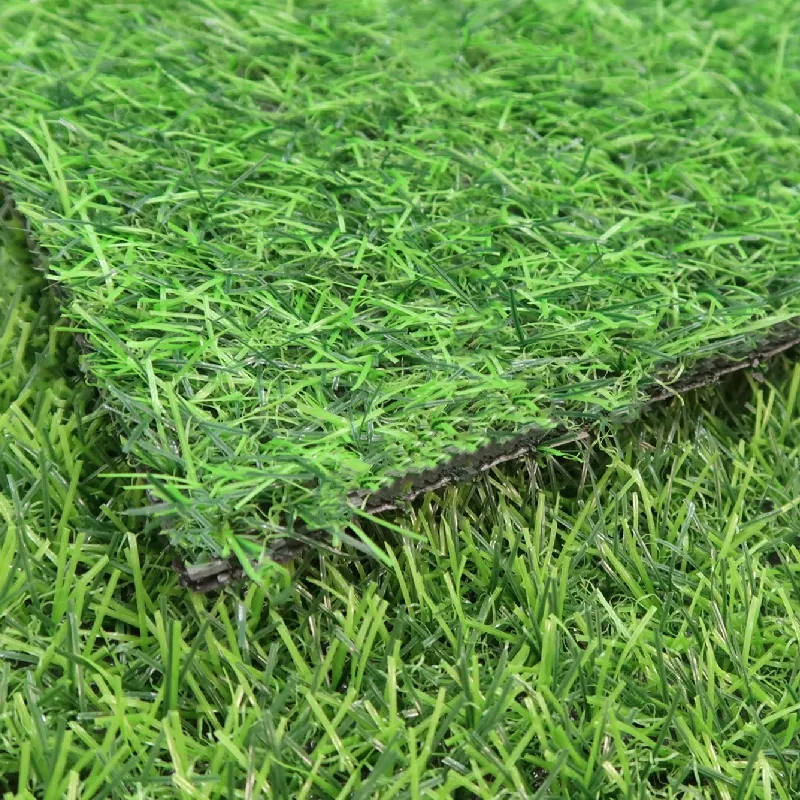
When comparing manufacturers, it's advisable to assess their portfolio of past projects, particularly those involving similar scale or complexity. Requesting samples and technical documentation can provide tangible insights into product quality and material composition. Factors such as the manufacturer's operational history, annual production capacity, and global supply chain efficiency also play a significant role in ensuring timely delivery for large-scale B2B orders. Prioritizing manufacturers with a strong commitment to R&D also ensures access to the latest innovations in fiber technology and backing systems, offering a competitive edge in long-term installations.
Case Studies and Customer Endorsements
The practical application of artificial grass for interior design is best illustrated through real-world examples. Consider a recent project for a major retail chain where fake grass for decoration was installed in multiple pop-up stores across urban centers. The objective was to create an inviting, naturalistic shopping environment that stood out. The chosen product featured a 25mm pile height with a high Dtex value, providing a lush yet resilient surface that withstood significant foot traffic while maintaining its aesthetic integrity. This successful deployment resulted in increased customer engagement and positive brand perception, validating the investment in premium synthetic turf.
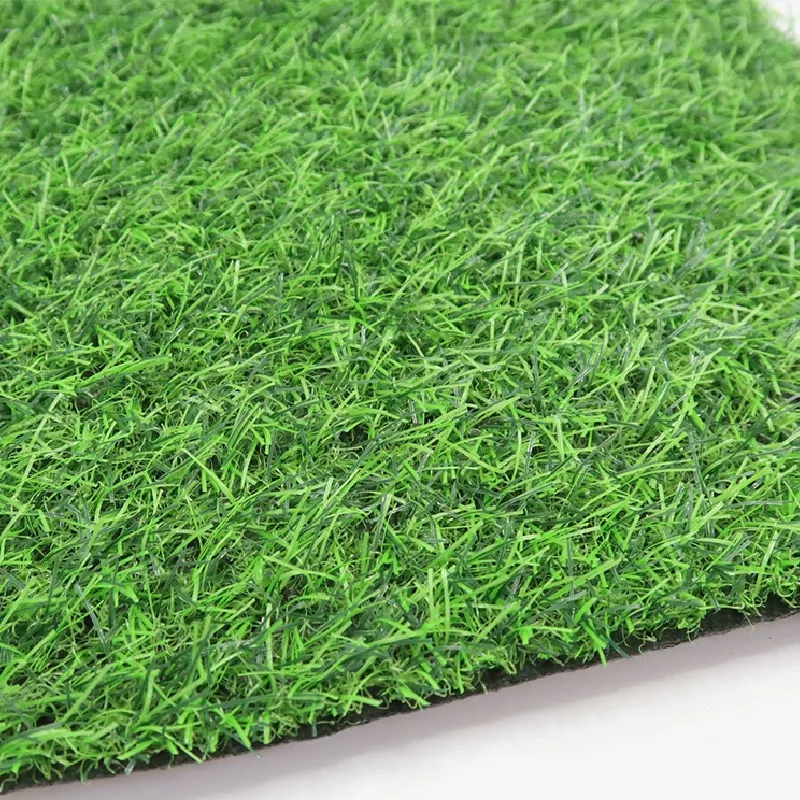
Another notable case involved a corporate office seeking to integrate biophilic design principles into its common areas. High-quality artificial grass interior was utilized for feature walls and break-out zone flooring, transforming sterile environments into vibrant, calming spaces. This project highlighted the importance of fire-retardant properties and low VOC emissions for indoor air quality. Client feedback consistently emphasized the material's ability to create a "fresh and inspiring" atmosphere without the burden of live plant maintenance. These testimonials underscore the value proposition of modern synthetic turf – delivering aesthetic enhancement combined with practical benefits.
Furthermore, collaborations with leading architectural firms and interior design studios demonstrate the industry's trust in advanced artificial turf solutions. These partnerships often involve bespoke product development to meet specific project demands, proving the adaptability and technical sophistication of leading manufacturers. Such engagements not only showcase successful installations but also reinforce the authoritativeness and trustworthiness of the product and its supplier within the professional design community. The longevity and visual consistency of these installations contribute significantly to client satisfaction and repeat business.
Frequently Asked Questions (FAQ)
-
Q: Is artificial grass safe for indoor use, particularly regarding air quality?
A: Absolutely. High-quality artificial grass manufactured by reputable suppliers undergoes rigorous testing for VOC (Volatile Organic Compounds) emissions and heavy metals. Look for certifications like SGS, RoHS, and REACH compliance, which ensure the product is free from harmful substances and safe for indoor environments, even for children and pets. Choosing products designed specifically for interior decoration often guarantees these higher safety standards.
-
Q: How does the lifespan of interior artificial grass compare to outdoor versions?
A: While outdoor artificial grass is designed to withstand harsh weather and intense UV exposure, indoor variants, particularly artificial grass interior used as fake grass for decoration, often experience less direct sunlight and extreme temperatures. This can potentially extend their aesthetic lifespan beyond the typical 8-15 years seen outdoors, as UV degradation is a primary factor in turf aging. However, wear from foot traffic remains a consideration.
-
Q: What is the maintenance routine for indoor artificial grass?
A: Interior artificial turf requires minimal maintenance. Regular vacuuming or sweeping is usually sufficient to remove dust and debris. For spills, a damp cloth or mild soap solution can be used. Unlike outdoor turf, infill is often not required for interior decorative applications, simplifying maintenance further. Periodic professional cleaning might be considered for high-traffic commercial installations to maintain optimal appearance.
-
Q: Can artificial grass be installed on any indoor surface?
A: Yes, artificial grass is highly versatile and can be installed on various indoor surfaces including concrete, wood, tiles, and even walls. The key is to ensure the surface is clean, dry, and relatively smooth. Proper adhesion with suitable adhesives or double-sided tape is crucial for secure and long-lasting installation, especially for high-traffic areas or vertical applications. Consulting with the manufacturer or a professional installer is recommended for complex projects.
Logistics, Warranty, and Client Support
For B2B clients, the efficiency of logistics and the reliability of post-purchase support are as critical as product quality. Reputable artificial grass manufacturers offer clear delivery schedules, often ranging from 2-4 weeks for standard orders, with potential variations for large custom projects or specific international shipping requirements. Transparent communication regarding lead times, shipping methods (e.g., sea freight, air freight), and customs clearance procedures ensures smooth project execution and avoids costly delays. Many suppliers also offer packaging optimized for transport, reducing the risk of damage during transit.
A strong warranty commitment is a hallmark of a trustworthy supplier. Standard warranties for artificial grass typically cover manufacturing defects, significant UV degradation, and premature fiber deterioration, usually ranging from 8 to 15 years depending on the product grade and application. It is crucial for clients to review warranty terms thoroughly to understand coverage details, conditions, and the claims process. This commitment reflects the manufacturer's confidence in their product's durability and performance, providing B2B buyers with long-term peace of mind.
Beyond warranties, comprehensive customer support services are invaluable. This includes access to technical experts for installation guidance, maintenance advice, and troubleshooting. Manufacturers providing dedicated account managers or responsive online support channels significantly enhance the client experience, ensuring that any queries or issues are addressed promptly and effectively. This holistic approach, encompassing robust products, efficient logistics, clear warranties, and proactive support, solidifies a manufacturer's position as a reliable partner in the artificial grass interior market.
Conclusion: The Strategic Investment in Artificial Grass
The strategic adoption of artificial grass, particularly for artificial grass interior and fake grass for decoration applications, represents a forward-thinking investment for businesses aiming to enhance their environments sustainably and efficiently. Its proven technical advantages, including superior durability, minimal maintenance, and aesthetic versatility, offer significant long-term value. As manufacturing processes continue to innovate, incorporating more eco-friendly materials and advanced engineering, synthetic turf will remain a leading choice for creating inviting, low-impact green spaces in diverse commercial and public settings.
For B2B stakeholders, prioritizing suppliers that demonstrate adherence to stringent quality standards, offer extensive customization, and provide robust post-sales support is paramount. This ensures not only the procurement of a high-quality product but also a seamless project experience and a successful, lasting installation. The continued evolution of artificial grass technology promises even greater versatility and performance, solidifying its role as an indispensable material in modern interior and exterior landscape design.
Authoritative References
- ISO 9001:2015 - Quality management systems — Requirements.
- ISO 14001:2015 - Environmental management systems — Requirements with guidance for use.
- ASTM International Standard G155 - Standard Practice for Operating Xenon Arc Light Apparatus for Exposure of Nonmetallic Materials.
- EN 13501-1 - Fire classification of construction products and building elements.
- Grand View Research. (2021). Artificial Grass Market Size, Share & Trends Analysis Report By Application (Sports, Leisure & Landscaping), By Raw Material (Polyethylene, Polypropylene), By Infill Material, By Region, And Segment Forecasts, 2020 - 2027.
-
Durable, Eco-Friendly Turf for Balcony | Enhance Your Urban Space
NewsNov.24,2025
-
Turf Between Pavers: Sustainable Green Paving Solutions for Modern Urban Spaces
NewsNov.24,2025
-
Discover the Benefits of Turf and Pavers Backyard | Sustainable Outdoor Design
NewsNov.24,2025
-
Top Quality Artificial Grass – Sustainable, Durable, and Stylish Turf Solutions
NewsNov.24,2025
-
Durable and Eco-Friendly Thick Artificial Grass Solutions | Hoya Grass
NewsNov.24,2025
-
Synthetic Turf: Sustainable Green Solutions for Sports, Industry & Urban Living
NewsNov.24,2025
Products categories



